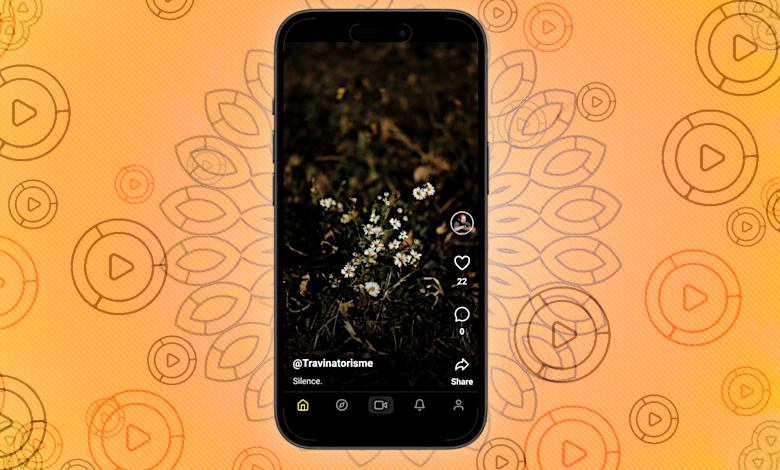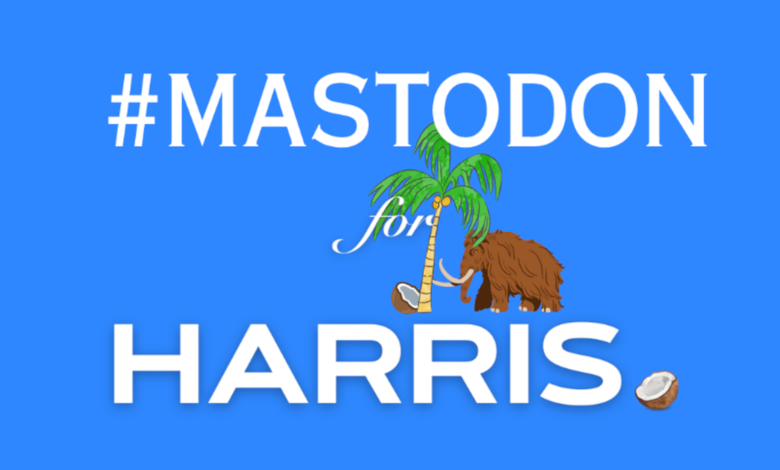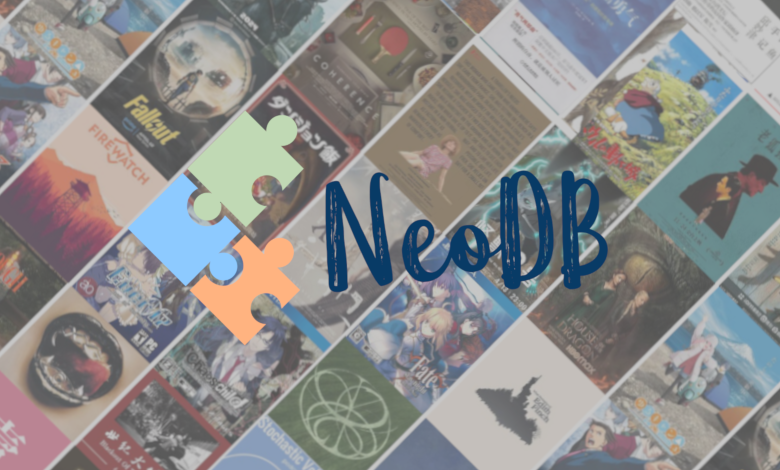Sean Tilley
I write articles and interview people about the Fediverse and decentralized technologies. In my spare time, I play lots of video games. I also like to make pixel art, music, and games.
- 53 Posts
- 82 Comments

 9·1 month ago
9·1 month agoTo be fair, it kind of bubbled up gradually over the course of several years. 😅 It did not happen all at once!

 14·1 month ago
14·1 month agoHey, thanks for asking! It largely boils down to money, people, and time. I’m currently a full-time student, and struggling to stay afloat.
Here’s all the things I currently do:
- Research / Testing (gathering info for stories, tracking down info for sources, testing apps and platforms)
- Writing articles, interviews, guides, and reviews.
- Content Editing pieces submitted by contributors
- Scheduling for Podcast interviews
- A/V Production
- Podcast Distribution
- Music Promotion
- Graphic Design (thumbnails and such)
- WordPress development (features and data)
- Social Media Management (11+ accounts)
- Instance moderation
- Event coverage
- Manage a Contributor Team
- Fundraising
- System Administration
I’m probably missing a few things. It’s a lot! And, while I’ve been able to balance this out for a long time, my severe burnout has seen diminishing returns. I’m at a point where articles are getting finished days and even weeks after something has happened, which… isn’t great.
All of this stuff is more or less being done for pennies an hour. It’s not sustainable.

 1·1 month ago
1·1 month agoWe Distribute hosts a version of their podcast, Decentered, on PeerTube: https://spectra.video/c/decentered_podcast

 7·2 months ago
7·2 months agoYeah, discovery remains one of the big domain area problems for the network. There’s some promising work happening in the space, but it’ll be a while before we see something.
Incidentally, our publication is federated, and can be followed at @[email protected]!

 13·2 months ago
13·2 months agoI don’t disagree, but again, the listed platforms are launch partners who have opted to publicly support the organization on Day 1. It very well could be that they reached out to Lemmy and other projects, and didn’t hear anything back.

 201·2 months ago
201·2 months agoThe list of shout-outs in the main announcement pertains to projects who have partnered with the SWF, and intend to support it and collaborate.
It’s also worth keeping in mind that there are more than 80 different platforms in varying states of development. Yeah, Lemmy is one of the bigger ones, and OG Threadiverse, but the list of platforms to name is absurdly long at this point. I think it makes sense for them to focus on the protocol, and immediate partners.

 5·2 months ago
5·2 months agoRFF is amazing, and offers so much high-quality music. Historically, it’s all been done by one guy, supporting 500+ artists.

 3·2 months ago
3·2 months agoThe connotation has more to do with the long tradition of Pirate Radio, not a bunch of random CIA stuff.

 152·2 months ago
152·2 months agoThe difference here is that you literally sign in with your existing Fediverse identity.

 337·2 months ago
337·2 months agoSome of the people in the space are tired of panhandling, and would like to actually get paid for things they do. This can include: covering monthly instance costs, selling subscriptions to premium articles for a newspaper, supporting a video creator on PeerTube, or donating to an open source project. A subscription system is one way of doing that.

 4·3 months ago
4·3 months agoYeah, I’m aware. I think the Nostr space in particular is doing a really great job, and has some good ideas on how to make it work. Why this development is significant, though, is that it’s happening in ActivityPub space. It’s not as robust, and doesn’t have all the answers. But, the existence of such a project means that people within the space are already thinking about how to make this concept viable for the Fediverse.

 1·3 months ago
1·3 months agoGood question. For now, we have a basic process for submitting icons, which requires adding details about the project repo, information on the icon, and Copyright attribution for whoever created / owns the brand.
We recently incorporated a JS library that allows us to generate the font from the SVG files themselves, which also builds the preview pages that can be viewed at icons.wedistribute.org. With a bit of extra automation on Codeberg, we could basically update the preview page and generated set every time a new icon gets merged in to the
mainbranch.Our goal is to get to a point where new releases automatically get created, and an archive of the assets gets attached as well. That way, once a milestone gets completed, a new release will get put out with minimal amounts of work.

 4·3 months ago
4·3 months agoInteresting insights!
The original reason we started this was actually for our own development. Our site includes project icons and colors in dedicated tags, which link to dedicated topic hubs. As we started working on this, we realized that there wasn’t a really good resource, and that we would have to build something from scratch.
Those symbols that you see are typically Unicode. Icon fonts are generally a CSS hack, in that a collection of SVGs have been converted into a font. The Unicode strings can be thought of as “letters” for that font. You’re absolutely right that there are accessibility limitations, but the tradeoff is that people get an easy way to use their favorite project icons to represent where they are on the Web.
At the very least, you won’t have any uBO problems with our site, as the font is incorporated directly into the theme we’re using. We’ll likely explore making a WordPress plugin next, so people can add these to their profiles and menus and other places.

 5·4 months ago
5·4 months agoHonestly, this is the first I’m hearing about it. Maybe we’ll try to submit project SVGs.

 62·4 months ago
62·4 months agoThat’s not really enshittification, is it?
I was under the impression that Cory Doctorow’s definition was largely based on how social media platforms entice people with “free” offerings, then gradually tighten the screws over time to make service worse. This usually happens when a platform becomes the dominant player.

 10·4 months ago
10·4 months agoNot yet, but it doesn’t seem like it would be too hard to add in support for that. I think one of the core ideas here are that you could take NeoDB and use it as a foundation for any review system you want to integrate. Hook up to a service on the search side, support data import on the backend, suddenly you have a way to not only create the reviews, but populate the objects being reviewed with the necessary metadata.

 2·4 months ago
2·4 months agoI agree with you in spirit, but some of this stuff needs to be spelled out for people interested in the space. Not every person that builds for ActivityPub is overly aware of technical and cultural expectations. A lot of that knowledge exists in someone’s head somewhere, and the Fediverse does a pretty poor job of making assumptions about those people.
Case in point: one of the stories linked in the piece discusses a guy that implemented ActivityPub on his own, got it to work, but didn’t know enough about the space. People thought it was a crawler, turns out it was a blogging platform, but the drama ignited to the point that someone remote-loaded CSAM on the dude’s server using Webfinger. Dude was in Germany, and could have gone to prison simply for having it.
We can’t hold two contradictory positions, where we invite people to build for this space, and then gaslight them over not knowing things that nobody told them about. More than ever, we need quality resources to help devs figure this stuff out early on. This article is one small step in service to that.

 3·4 months ago
3·4 months agoGoogle Fonts
Yeah, I need to work on that. It’s been on the back burner, because writing and publishing has kind of been a main focus for me in recent months. But, this hasn’t been the highest priority, mostly because modifying WordPress and making it behave correctly can be a massive pain in the dick.
I’ll get around to it when I’m able.

 8·4 months ago
8·4 months agoHonestly, self-hosting is kind of the way to go, so long as you stay on top of your backups and storage. There are a lot of Object Storage providers out there that offer reliable storage for cheap, it’s a good investment if you plan on uploading somewhat frequently.




















Object Storage is relatively cheap, and goes a long way towards affordable hosting. Processing video, on the other hand…